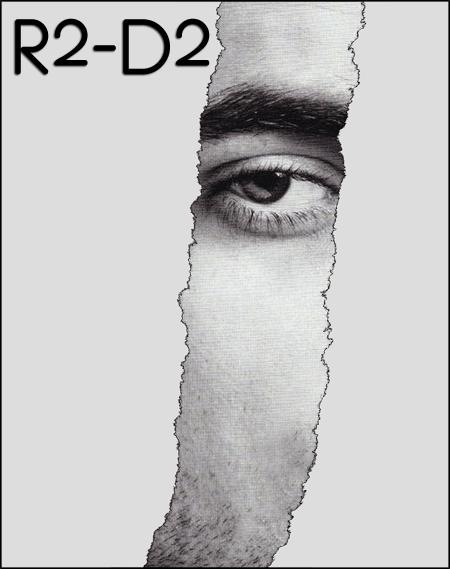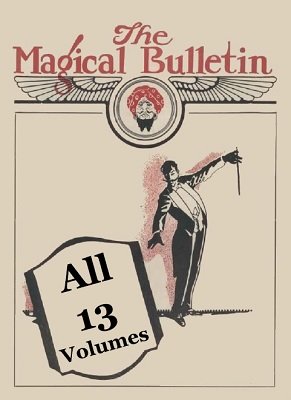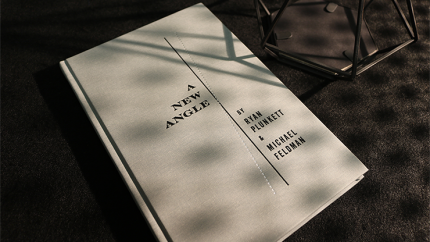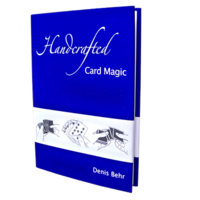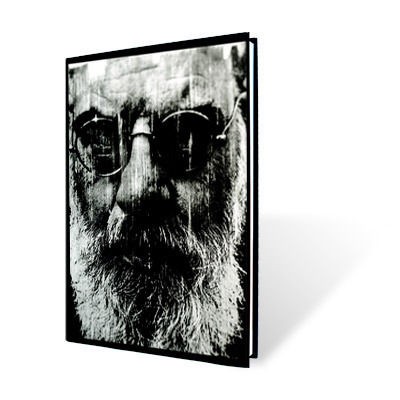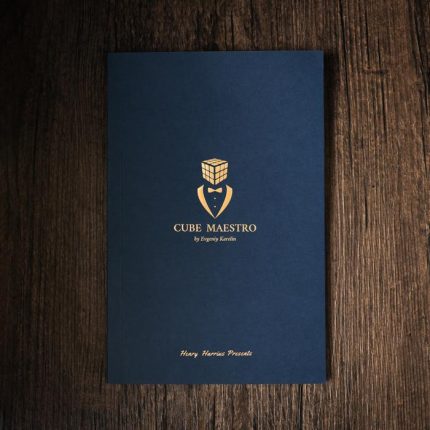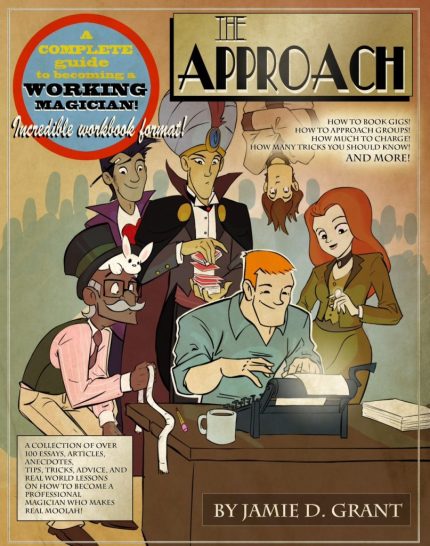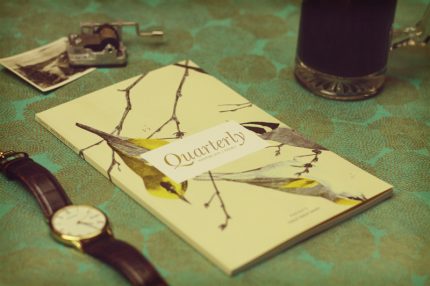Description
A Monograph on an Optimal
Billet Tear with 2 Real-Time Peeks
What can one say about billet tears that hasn’t already been said? Do we really need another one? How many ways can there be to fold and tear a piece of paper? The answers just might surprise you!
R2-D2 embodies a truly original approach, not merely another variation on an old theme. A tear that has been engineered from the ground up to meet twenty demanding, objective criteria:
Twenty Billet Tear Evaluation Criteria
- The peek(s) must be optimized for execution in real time (i.e., during the tearing sequence).
- There must be no reliance on hidden actions: the tearing should be an open, transparent process, taking place at the fingertips, exactly as it appears, with no concealed openings or other moves.
- It must be possible to perform at least the first couple of tears (when onlooker scrutiny is most intense) with eyes fully averted.
- Each peek must be coincident with a specific tearing, to justify the eye movement.
- The tear must also accommodate those performers — and performing situations — requiring a delayed read (i.e., non-real-time, with the “hot” portion of the billet retained in the hand for later reading, under conditions yielding less scrutiny and/or further removed in time from any overt manipulation of the paper).
- It must be possible to view a substantial portion (at least half) of the original billet during the peek(s).
- Before the entertainer receives the billet, it must be folded at least twice, with intersecting folds, such that the writing seems safely concealed on the inside.
- The actual tearing process must be physically undemanding: a tear shall never encompass more than four thicknesses of paper, or begin at a folded edge.
- The actions must be effective when performed with dry fingers.
- The information to be read shall not require placement in an idiosyncratic fashion, but be centred on the vertical axis of the paper (when held in normal writing position).
- No illogical tears are permitted; they must always encompass the entire billet, and be down the middle of its shorter dimension (i.e., no lengthwise tears, partial tears, “off-centre” tears, etc.), exactly the way a person would normally tear a packet of paper.
- No illogical moves should be used (e.g., unnecessary turnovers, unexplained rotations, counting/“fiddling”/flipping of paper layers, finger insertions, etc.); nothing should appear in any way unusual.
- There shall be no requirement for “careful” folding (i.e., no stepped edges, skewed folds, overly precise alignments, etc.); everything should be casual and require no special attention.
- Repeated actions must appear consistent (i.e., tears must look identical, unfoldings must open in the same way, rotations must be in the same direction, etc.), the way that a normal person would do them.
- There should be no significantly “unbalanced” tears: each hand should grip approximately the same amount of paper during each tear.
- There shall be no writing orientation issues: the peek(s) should display the information in its original, upright position.
- The post-performance detritus may contain no unexpected shapes, disproportionate sizes, or any other evidence of trickery: the resulting pieces should be thoroughly examinable and unremarkable.
- Except for the moment and sightline of the actual peek(s), all billet actions should be clearly viewable from any direction, with no written portion of the billet exposed at any time.
- During the actual peek(s), no more than one quarter of the billet surface area should be exposed, to facilitate its concealment.
- No unduly special paper can be required, in size, shape, or composition (including grain orientation); it’s fine for the tear to be optimized for a particular type of billet, but it should still work when used with other types.
Fortunately, the R2-D2 billet tear is both easily learned and performed: given its many practical benefits, you’ll surprise yourself with just how “goof-proof” this actually is. If your current favourite method doesn’t measure up to these standards, why not consider this fresh, game-changing approach?
And the book offers much more than the methodology itself, with groundbreaking thinking contributed by some of mentalism’s busiest workers: new plot ideas, thoughts on justifying billet usage, and subtle strategies to elevate your game.
So if you’re intrigued by billet work, but have found existing methodologies to be complicated, convoluted, constraining, contorted, contrived, confusing, or simply less than compelling, you may well discover R2-D2 to be just what you’ve been searching for!


